Combining with the integrated teaching reform, this paper integrates the basic instruction programming of PLC longitudinal arrangement, step-by-step sequence control instruction, SFC programming and functional instruction programming in the typical tasks, and achieves good teaching effect in teaching practice. Integrative teaching embodies the characteristics of competency-based. It integrates teaching resources according to the training objectives of vocational education and breaks through the traditional teaching mode and subject system. The characteristics of integrated teaching include the integration of teachers who combine practice instructors with professional theory teachers, the integration of teaching places where practice classrooms and theory classrooms are combined, and the integration of teaching materials mixed with practice and theory textbooks.
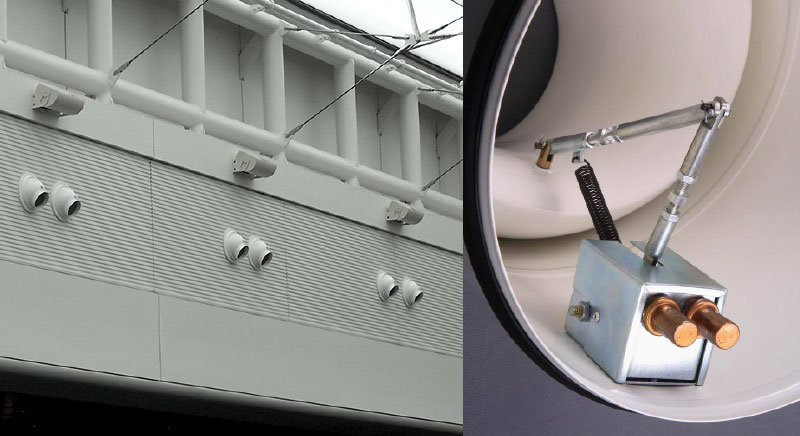
In this paper, the basic instruction programming, step-by-step sequence control instruction, SFC programming and functional instruction programming of the PLC course are integrated horizontally in typical tasks, and the teaching process is illustrated with the point circuit as an example for peer reference. In the teaching practice of PLC for many years, two prominent problems have been found. Firstly, because the sequence of relevant instructions in PLC textbooks is basic instruction programming, step-by-step instruction and SFC programming, and functional instruction programming. According to the arrangement sequence of instructions in textbooks, the time for students to contact step-by-step instruction programming and functional instruction programming is too short, and SFC programming in textbooks is based on state transition diagram.
By the end of the semester, the proficiency of relevant knowledge is far from enough. Secondly, when learning step-by-step sequential control instructions, SFC programming and functional instruction programming, the examples in the textbook have a higher starting point, and students have greater difficulties in understanding. Therefore, in the implementation of integrated teaching, students are required to complete programming with basic instructions, step-by-step commands, SFC and functional instructions from the beginning of the first typical task. The instructions arranged vertically in the textbook are transformed into horizontal learning in the work task. That is, when learning the first typical task, students are required to use basic instructions, step-by-step commands, SFC and functional instructions. To complete the programming, the basic knowledge into the work tasks to explain. In the choice of programming language, because instruction statement table is less and less used in practical programming, it does not need to be emphasized in learning; in the explanation of step instruction and state programming, SFC has become the mainstream programming language because of the extensive application of graphics programming in recent years, so there will be two programming methods which have great internal links to deal with independently, which are seldom mentioned in textbooks.
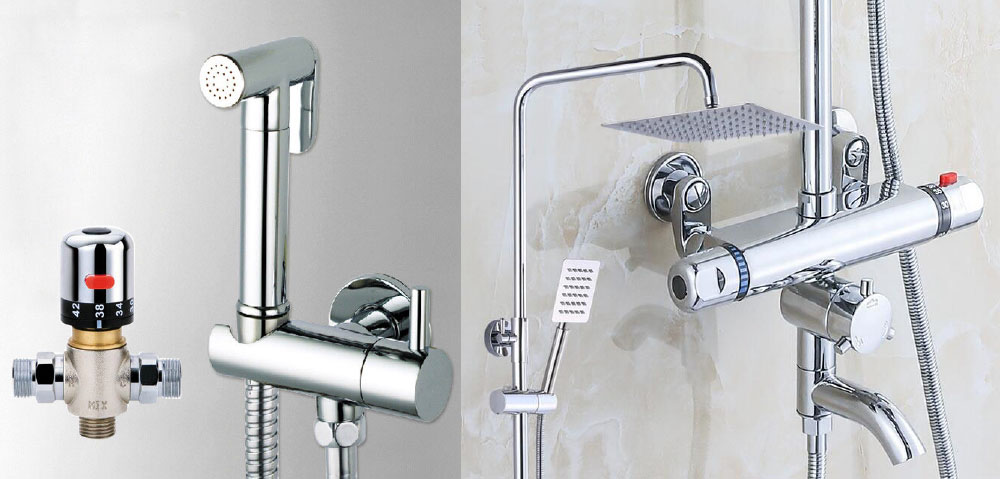
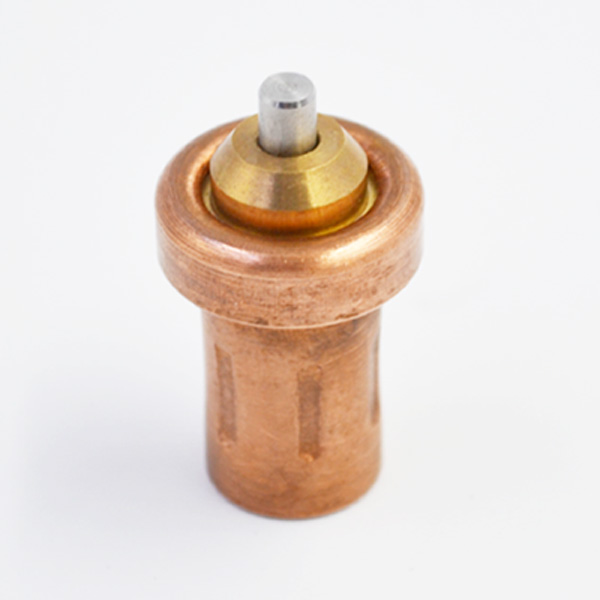
In SFC programming, thermostatic element we have made important requirements, so that students can master SFC programming skillfully, instead of using programming software to complete the conversion between step-by-step sequence control instructions and SFC. No matter what kind of teaching mode, learning content is always the key to teaching, otherwise teaching will become formalistic, empty and boring.
For the integrated teaching, choosing the typical work task is also a good choice of learning content. Typical tasks can be selected in two parts, one is the modification of relay control circuit, the other is the design and programming of complex tasks. The task of the revamping part of the relay control circuit is to point circuit, long circuit, hybrid circuit, forward and backward circuit, automatic round trip circuit and star triangle step-down start circuit. Because before learning PLC, students have already learned the related content of machine tool electrical control. First, they learn how to change relay control circuit into PLC control.
They can review and consolidate relay control related knowledge, improve the analysis ability of relay control circuit, fully understand the relationship between relay control circuit and PLC, and understand the task relatively easily. Because from the beginning, students have been exposed to different programming methods. When they complete the PLC control of relay control circuit with different programming methods, they have a profound understanding of the advantages and disadvantages of various programming methods. They can select more difficult projects to design and program complex tasks.
Students can use their best programming methods to complete the design of control system first, and then proceed to phase.
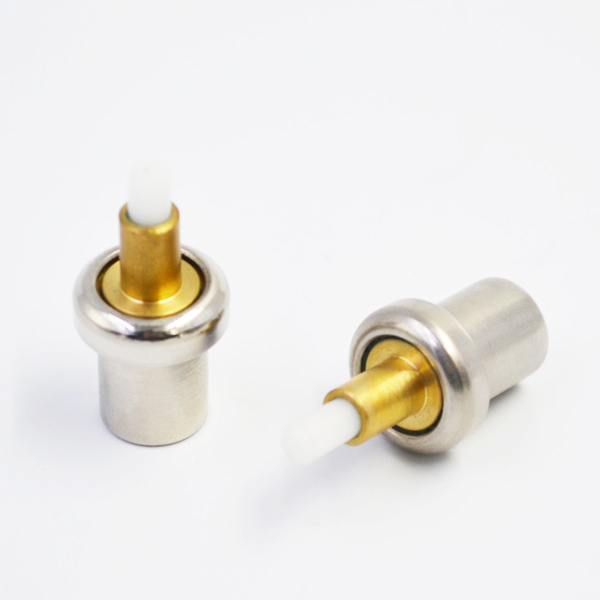
Comparing with each other and discussing the best programming method to accomplish the task. The main tasks of the design and programming part of complex tasks are: flow lamp control, three kinds of liquid automatic mixing, automatic feeding device, manipulator and traffic signal lamp, etc. The learning order of typical work tasks is from easy to difficult, but we need to use various programming methods to complete work tasks from the beginning of the simplest work tasks.
Next, we take the simplest point-to-point circuit to PLC control as an example to illustrate the teaching process. Fig. 1 is the electrical schematic diagram of the point-to-point circuit. Firstly, according to the existing knowledge, the working process of the point-to-point circuit shown in Fig.
1 is analyzed, and the main role of the point-to-point circuit in automation control is deepened. Then, the PLC control of the point-to-point circuit is completed with basic instructions. The I/0 distribution table of FX2N PLC and the experimental platform is shown in Table 1. The I/O wiring diagram is shown in Figure 2 and the ladder diagram is shown in Figure 3.
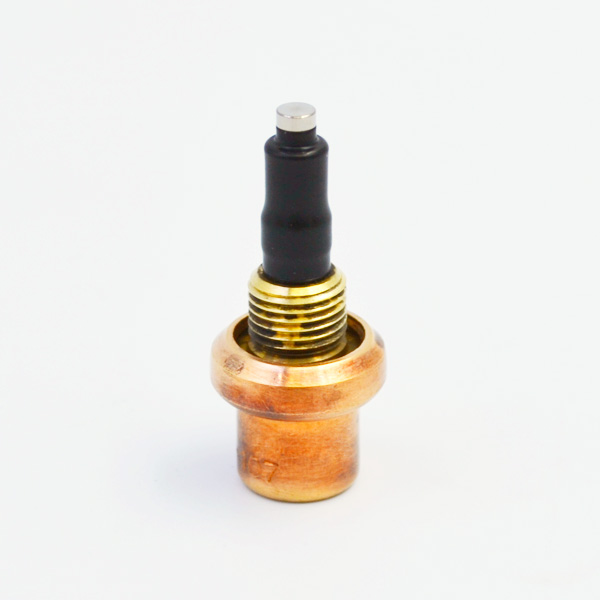
With basic instructions, step-by-step control instructions, SFC and functional instructions, the PLC point control program shown in Figure 7 is completed (please note that the button SB is a normal closed-point connection), and the differences between the programming of Figure 7 and Figure 2 are carefully analyzed.
Teaching practice has proved that students can learn all kinds of programming methods synchronously with simple tasks at the beginning of their study by using the mode of working tasks to study vertically arranged instructions horizontally. Students have a deep understanding of the advantages and disadvantages of various programming methods, and have greatly improved their proficiency in all kinds of instructions. All kinds of instructions are learned from the simplest working tasks. Learning reduces the difficulty of introducing work tasks when learning instructions, and improves students’learning enthusiasm. We have extended the PLC integrated teaching mode to the relevant teaching modules of maintenance electrician technician training, and the passing rate of trainees has also been greatly improved, which has achieved good teaching results. It is suggested that schools with conditions should teach the electrical control of machine tools, PLC, frequency converter and touch screen horizontally in the form of work tasks so as to expand the integrated teaching to a broader and deeper level.
